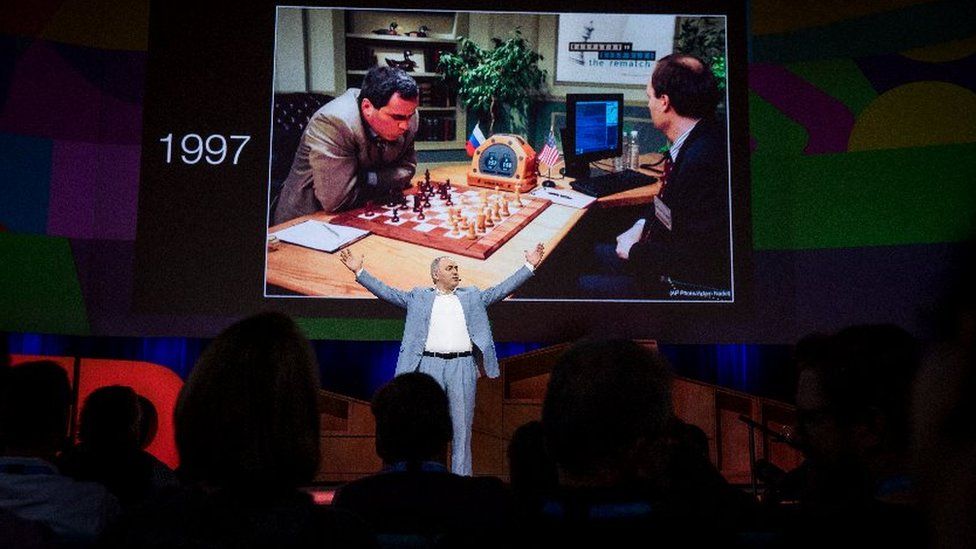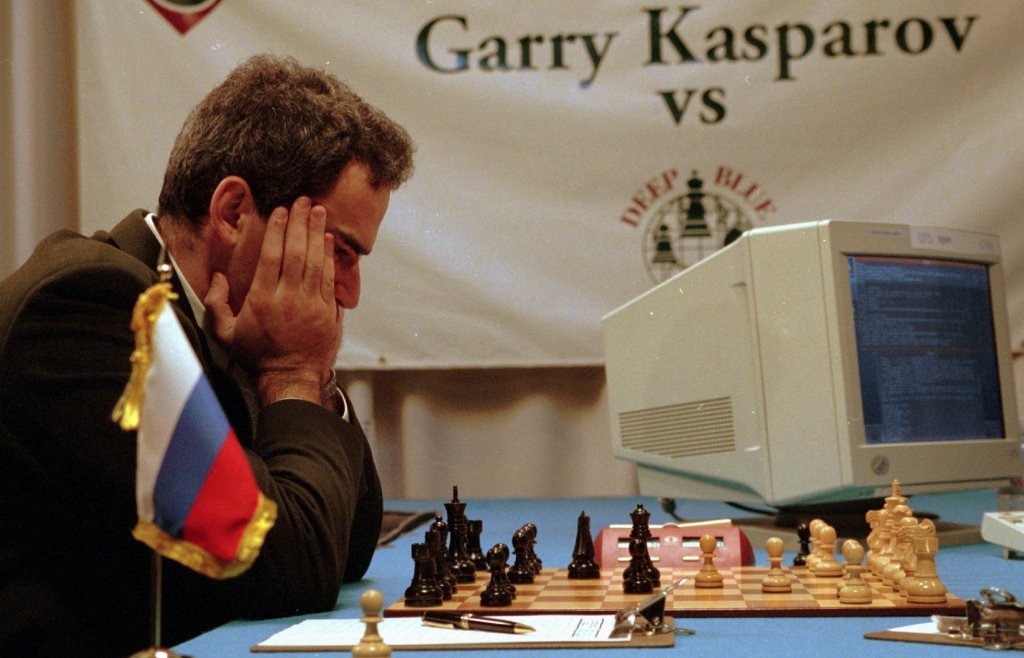

For the sacrificed knight, White's bishops have a stranglehold on Black's position. If Black's bishop were on d6 instead of f8, White would not be able to play this. Black must now take the knight or he will be a pawn down. 0-0 White castles so that 9.Qxe6? loses to 10.Re1, pinning and winning the black queen. Although the black king uses two moves to reach d8 after 8.fxe6 9.Bg6+ Ke7, the black queen can be placed on the superior c7-square.ĩ. However, many annotators have criticized this move and said that Kasparov ought to have taken the knight immediately. Qe7 Instead of taking the knight immediately, Kasparov pins the knight to the king in order to give his king a square on d8. The compensation White gets for the material is not obvious enough for the computer to see by itself. As an indication of how far computer chess has progressed in the 20 years after this match, modern programs deprived of their opening books are able to correctly evaluate Nxe6 as strongest but at the time this was played it was considered probable based on other programs' performance that it was only the opening book that was responsible for this choice. This move had been played in a number of previous high-level games, with White achieving a huge plus score. Nxe6 ! The computer is aided by having this knight sacrifice programmed into its opening book. So Hsu suggests that Kasparov expected that Deep Blue would either sacrifice the knight and then get into difficulties, or retreat it and lose a tempo.Ĩ. Several were specifically forbidden from playing Nxe6, because they lost too easily.

White's response is very strong, but the computer programs Kasparov was familiar with could not play it properly. Objectively speaking, the move may be okay, although the resulting position is very tough for a human player to defend as black. Feng-Hsiung Hsu, the system architect of Deep Blue, suggests that it was a deliberate 'anti-computer' move by Kasparov.

The upcoming sacrifice is well known to theory and Kasparov must have known about it (in fact, there are some reports that he even wrote an article supporting 8.Nxe6 as a refutation). The normal 7.Bd6 8.Qe2 h6 9.Ne4 Nxe4 10.Qxe4 was played in Kasparov(!)–Kamsky, 1994 and Kasparov–Epishin, 1995, among other games. It has been suggested that it was a blunder and Kasparov got his opening moves mixed up, playing. A strange choice by Kasparov, one of the most theoretically knowledgeable players in chess history.


 0 kommentar(er)
0 kommentar(er)
